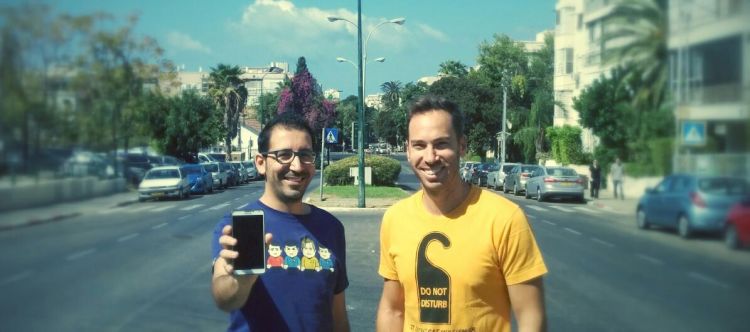Sensiya is taking a big data approach with its mobile software development kit.
Sensiya chief executive Noam Fine told VentureBeat that his Tel Aviv-based startup’s new mobile-centric SDK allows advertisers, retailers, and developers to see the real-life behaviors of smartphone users in a bid to target them with “people-based marketing” campaigns.
This is news because it means advertisers can target smartphone users with more activity-based ads, because Sensiya’s built-in gyroscopes and motion sensors can tell, more or less, whether that iPhone or Samsung user is walking, running, or sitting down on the couch.
“If you’re using the data from smartphones correctly, you can do amazing data-driven stuff. The data we collect on users is also statistical, and we’re able to conclude who you probably are, the apps your using, your texting patterns, how many characters your typing and also if you’re a woman or a man,” Fine said.
“Our SDK has a 90 percent accuracy on gender and age,” Fine said.
According to Sensiya:
“Our mobile phone holds significant amounts of data about us like who we are, what apps we use, and how we use them. This data is like a digital fingerprint of each person’s unique personality. The problem with apps is that they all look, behave, and perform the same. Through our technology, Sensiya seeks to enable developers to create individual and personal experiences and allow users to get the content, information, and UI that truly reflects who they are.”
Interesting stuff, especially for brands and advertisers getting comfortable moving their budgets away from the desktop and more into the mobile advertising realm. Sensiya’s SDK also means that advertisers have yet more data points about who you are as a potential marketing target.
More specifically, taking the big data approach means that Sensiya’s SDK is broken down into two segments: demographics like gender, age, income level, and marital status, along with activity recognition, which tells advertisers whether you’re sitting, walking, driving, or running.
In short, Sensiya wants to bridge the gap between developers and advertisers and the smartphone users themselves.
“We know wether you’re at home, when you wake up, when you go to sleep. This is physical context, and when you combine them, you create something that’s personal and engaging,” Fine said.
Sensiya has competition though. Specifically by Adtile, a Southern California startup whose SDK already utilizes GPS, gyroscope, motion compressor, accelerometer, and compass to sense body functions. However, Adtile is concentrating almost purely on the ads themselves, not the data capacities of Sensiya’s SDK.
“We’re focused on providing the data. Our app captures the data and can react to it. Our SDK understands who you are. And we think that is important,” Fine said.


